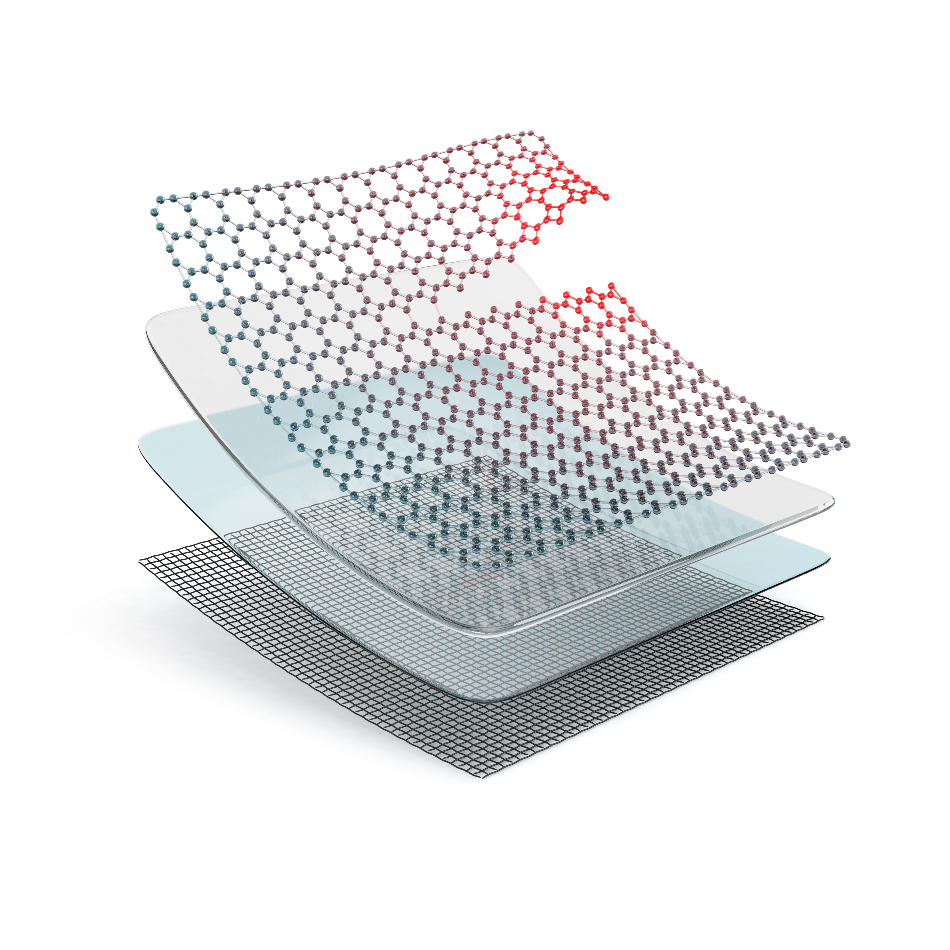One of the most promising applications of self-healing materials is in the aerospace industry. Aircraft components are subject to high stresses and are often damaged during flight or normal use. Repairs can be expensive and time-consuming, but self-healing materials have the potential to reduce maintenance costs and improve safety. For example, self-healing composites could be used in aircraft wings to repair damage caused by stress or impact.
Self-healing materials also have potential applications in the construction industry. Concrete, for example, is subject to cracking and degradation over time. Self-healing concrete could potentially repair these cracks and prolong the lifespan of the structure. This could have significant implications for infrastructure projects, as well as for reducing the environmental impact of construction.
Another potential application of self-healing materials is in consumer electronics. Many electronic devices are subject to wear and tear over time, leading to damage or malfunction. Self-healing materials could potentially repair these devices automatically, without the need for costly repairs or replacement.
While self-healing materials are still in the early stages of development, the potential applications are numerous and exciting. This technology could potentially reduce the need for costly and time-consuming repairs, improve safety in high-stress industries, and even reduce the environmental impact of construction. As self-healing materials continue to evolve and improve, we can expect to see them being used in a wide range of industries and applications. The future of self-healing materials is bright, and we can't wait to see where this innovative technology will take us.

